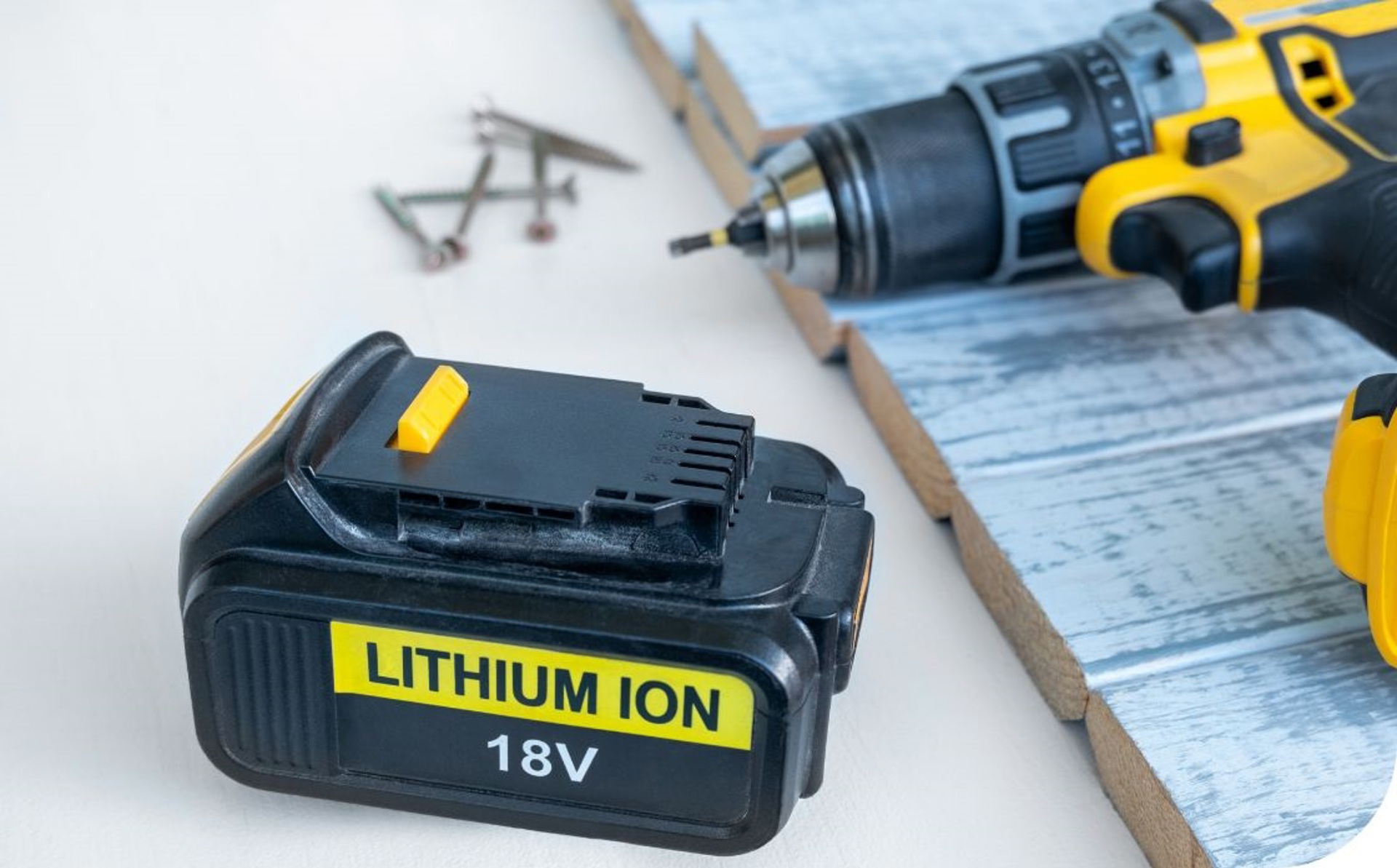Lithium-ion batteries power most of the electronic gadgets that Canadians will gift or receive at Christmas, with sometimes overlooked risks. Businesses that make, use or sell li-ion devices need to be aware of what that technology entails, from fire hazards to geopolitical instability, warns the latest resilience report by commercial insurer QBE.
Omnipresence
In 2023, over a billion smartphones were sold globally, virtually all powered by li-ion batteries. Other day-to-day li-ion electronics include laptops, tablets, smartwatches, digital cameras, portable speakers, e-readers, gaming consoles, wireless headphones, and portable medical equipment.
In addition, electric cars use that technology. In 2023, more than 14 million electric vehicles were sold worldwide, a 35% increase from 2022.
Li-Ion batteries can also store renewable energy, which helps stabilize grids and enhance the efficiency of solar or wind power systems. Battery storage capacity in the United States almost quadrupled to 20.7 gigawatts in 2024 from 5.5 gigawatts in 2021.

Thermal runaway
One of the most critical risks is thermal runaway, a chain reaction within a battery cell that can be very difficult to stop once it has started. This malfunction may be due to a short circuit, overcharging, excessive discharge or physical damage. When a battery cell overheats, the electrolyte inside may break down and release flammable gases. If these ignite, it may lead to an explosion or a fire that is difficult to extinguish. Some of the gases released are toxic and harmful to people via the lungs, eyes and skin.
Manufacturing defects can lead to short circuits. For instance, if the battery is assembled improperly or if microscopic metal particles penetrate the separator. In a high-profile case, manufacturing defects in a widely sold tablet model led to battery fires and explosions, resulting in injuries and a costly global recall for the manufacturer.
Design flaws can exacerbate the risk of thermal runaway and contribute to safety risks. For example, inadequate space for thermal expansion, lack of sufficient cooling mechanisms or insufficient protective circuitry can all contribute to failures.
Adrian Simmonds, practice leader for property risk solutions at QBE Insurance, said: “It is safer to purchase good quality certified equipment from an approved supplier. Li-ion devices need to be handled with care – to avoid severe bumps – and shouldn’t be left in direct sunlight or stored at high temperatures. They should be charged outdoors if possible; if they must be charged indoors, it should be on a non-flammable surface, well clear of combustibles and furnishings, in a well-ventilated room and out of exit routes. And always charge them when someone is present.”
Supply chain vulnerability
Lithium and cobalt are critical components of li-ion batteries. Since China is a dominant player for extraction and processing, geopolitical competition may lead to delays or shortages.
With countries and multinationals likely rushing to introduce clean energy solutions, growing political pressure might impact regulatory processes, ultimately compromising the robustness of safety protocols.
In fact, the rapid evolution of li-ion technology has almost outpaced regulatory frameworks in recent years, leading to some degree of uncertainty for businesses. A number of countries are introducing regulations to control the import of li-ion batteries and electronic devices that use them: proper certification is seen as the only way to regain control over product quality.
The US Department of Transportation (DOT) and Federal Aviation Administration (FAA) have established guidelines for the safe transport of batteries, which require continuous updates to address new risks. In addition, after finding that replacement batteries fail fire tests more often than original parts, Transport Canada said it was developing strategies to increase compliance.
Businesses that manufacture li-ion batteries must have stringent quality controls to best prevent defects and malfunctions. Product recalls, legal liabilities and reputational damage can have huge implications. Businesses that use li-ion batteries are also exposed to supply chain and fire risks, which they need to mitigate.
Signs of lithium-ion battery failure include:
• overheating
• swelling
• discolouration
• leaking
• abnormal popping, hissing or crackling sounds
• emitting an odour
The full Control Risks report is available on the QBE Canada website.



